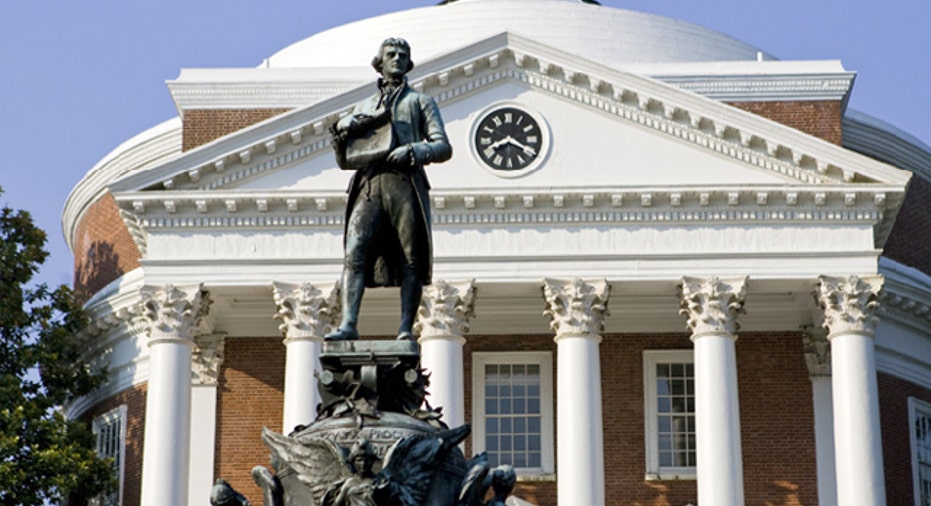Take Advantage of Tax Benefits for Higher Education

It’s that time of the year again, when college students prepare for finals, and high school seniors make a few last edits on their college essays. But there’s another important lesson students shouldn’t overlook: learning how to best take advantage of higher education tax benefits available from Uncle Sam.
Tax Credits
The American Opportunity Credit, established by the American Recovery and Reinvestment Act, is currently available through the end of 2012. This credit, which can be claimed for tuition and certain fees such as course-related books and supplies, allows up to $2,500 per year per student if certain qualifications are met.
Individuals whose modified adjusted gross income is $80,000 or less annually, or $160,000 or less for married couples filing jointly, qualify for this tax credit.
“The American Opportunity Credit can be claimed for four post-secondary education years,” says Ellen Cook, certified public accountant and member of the AICPA
http://www.aicpa.org/Pages/Default.aspx
Tax Executive Committee. “This option is probably best for middle to lower-income families.”
Before the American Opportunity Credit, there was the Hope Credit, which applies to 2008 and earlier tax years. This credit was only available for the first two years of tuition and related education expenses, and was non-refundable.
The Lifetime Learning Credit allows for up to $2,000 for qualified education expenses paid for students enrolled at eligible institutions. This goes beyond four-year programs, and the student doesn’t have to be enrolled in a degree program to qualify.
A taxpayer cannot claim both the American Opportunity Credit and the Lifetime Learning Credit in the same year, so Cook suggests running several scenarios to find the biggest deduction.
Tax Deductions
Taxpayers who are paying qualified higher education expenses for themselves, a spouse, or a dependent, may be able to deduct these costs. An individual’s taxable income can be reduced by up to $4,000. Because this deduction is taken as an adjustment to income, it may be beneficial for those who can’t take advantage of the Lifetime Learning Credit because their income is too high. These deductions don’t apply to those who are married filing separately.
Students may also want to explore deductions on loan interest. If an individual’s modified annual adjusted gross income is less than $75,000, or $150,000 for married couples filing jointly, they may qualify for a student loan interest deduction. Qualified education expenses include tuition and fees, room and board, books, supplies, and equipment, as well as some transportation expenses.
Before You File
Part of the qualification process is having all the necessary paperwork for each expense, so filers need to save book store receipts and all statements from the college bursar’s office. If the option is available, it may be helpful to select electronic billing statements in order to have records that are easily accessible.
“In the tax code, one of the most complex areas is education,” says Cook. “It can be difficult to decide which incentive is best for each individual tax payer because deductions and credits have different qualifications. But talk to a tax professional, or go to a volunteer income tax site. These credits and deductions can really help those who qualify, so you may be surprised how much you’ll save just by asking a few questions.”
Free Help
The IRS offers the Volunteer Income Tax Assistance Program (VITA) for low- to moderate-income families that offers rained community volunteers will help qualified taxpayers sort through the various education tax credits and deductions available. For a VITA site near you, call 1-800-906-9887.